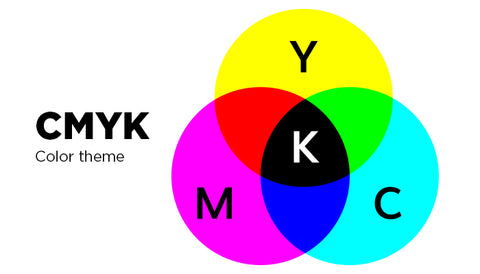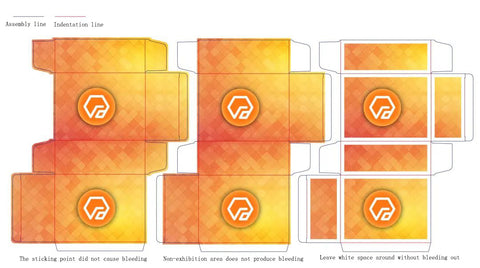Table of Contents
How should one choose the appropriate color mode when drawing? And what does spot color represent? This is a question that many designers often overlook. Next, let's first understand the differences between RGB, CMYK, and spot color.

01.What is RGB?
RGB is based on a black medium, combining different proportions of brightness of three primary colors (red, green, blue) from light sources to obtain various colors
Put simply, as long as the output is an electronic screen, you will need to use RGB mode.

02.What is CMYK?
CMY is based on white substrate, mixing different proportions of ink of three primary colors (cyan, magenta, yellow) through printing, absorbing the corresponding wavelengths in the original color light, and obtaining reflection effects of various colors.

In simple terms, as long as the output is not on an electronic screen, CMYK mode is required.
Isn't it strange that there is a difference between CMY and CMYK? In theory, CMY can produce black, but in practice, black (K) is widely used. If CMY is frequently used to produce black, it will waste ink and may not be accurate, especially for small text, which cannot be accurately aligned. Another reason for introducing black (K) is that using three inks for printing is not easy to dry.
03.What is spot color?
When printing, the color is not achieved by printing a combination of the CMYK four colors, but specifically using a particular ink to print that color.
My understanding is that spot color is a color specifically chosen for a particular print job, and it can be any color in the world, including C, M, Y, K, which can also be considered a spot color. The colors used in mixing can include red, orange, yellow, green, cyan, blue, purple, white, and so on.
However, since there are countless colors in the world, how can you make sure the other person knows exactly what color you want?
At this time, the color standard company PANTONE emerged.

PANTONE has listed a small part of countless colors and assigned color codes to them, distributed worldwide. So even if a customer on the other side of the ocean says they need a color like PANTONE 179C, you can look at the color chart and know that this color is a glossy shade close to Armani 405 Rotten Tomato.
So now PANTONE colors have become synonymous with spot colors, but please do not confuse the relationships.
4.Some colors cannot be printed?
Since in theory printing can have countless colors, why do so many printing factories and predecessors tell you that many colors cannot be printed?
4.1The number of colors
Everyone knows that the RGB values range from 0 to 255, which means 256 levels. Since there are three colors in RGB, theoretically, there are a total of 256³ = 16,777,216 colors.
Within the range of 0 to 100, there are only 101 levels for CMYK values. Since there are only three colors in CMY along with the special K, theoretically, there are a total of 1,030,402 possible colors for CMY.
16,777,216 is 16 times greater than 1,030,402.
4.2 Price
People can use spot color ink to print in the specific colors they desire, but it will cost more than using CMYK ink for printing, so some trade-offs have to be made.


